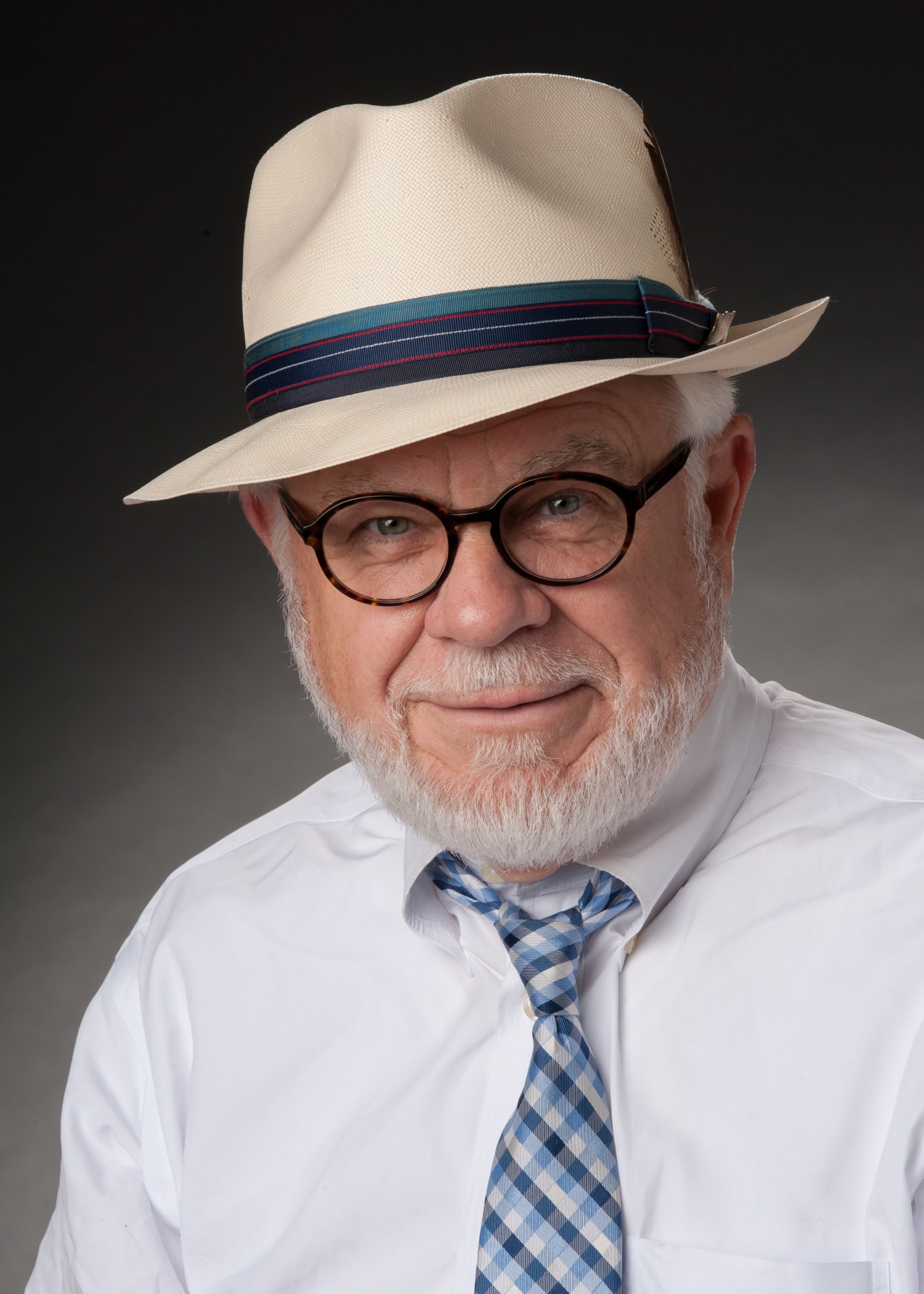BY: LIZ SWAINE
EXECUTIVE DIRECTOR DOWNTOWN DEVELOPMENT AUTHORITY
Covid-19 is rightfully dominating the news, but it’s important to take a break from it every now and again. What’s better than with a story about some of our fascinating downtown Shreveport history?
HGTV fanatics will remember a show called “If Walls Could Talk” that focused on fun facts buried beneath the sheetrock of homes across the country. It was always interesting to see what strange things homeowners had unearthed and even more entertaining to hear the homeowners’ reactions to these bits of history.
As I walk through downtown Shreveport each day, I also wish walls and spaces could talk because, oh, the hairraising and scandalous tales they could tell! History, lore and legend are everywhere downtown, but a fairly significant number of stories that you might classify as ‘tall tales’ are actually quite true.
Take for example the story of J.A.L. Waddell, civil engineer and prolific bridge builder of the late 1800s and early 1900s, owner of a remarkable Walrus mustache and even more remarkable pin curls adorning his forehead. Waddell was born in Canada, travelled extensively, spoke and wrote Latin, and authored the definitive book on bridge building.
From his photos, it appears he loved wine, good food and mustache wax, and enough documents remain to prove he may have loved bridges and bridge building more than anything else. Most of his life was spent in Kansas City, Mo., and it is quite likely that he never came through Shreveport, yet we have something that connects us to him in a very personal way.
We have a bridge designed by him, a mostly hidden, mostly ignored structure just north of the Central Business District downtown. It is not just any Waddell bridge, and there were many — some 1,000, by most counts.
It is one of just two of its kind remaining in the entire country, a railroad bridge called the Waddell A-Truss that spans Cross Bayou just north of Sam’s Town Casino. The A-Truss bridge was built in 1896 but lived a relatively short productive life that ended as railcars got heavier. By 1915, it was mostly obsolete.
In 1991 after a threat of demolition, KCS gave the bridge to the city of Shreveport, and a few years later, it was added to the National Register of Historic Places. There is hope now that the fortunes of the long-forgotten bridge will improve.
Waddell admirer Pat Wilson, a Lafayette, La., resident and engineer at Huval and Associates has developed a love for the bridge and has been working to create a desire to transform it into a highlyvisible pedestrian and bicycle span that would connect people, initially, from downtown to some levee trails and the Shreveport riverfront.
Wilson grew up in Memphis, where bridge-building is an art form and where his love of the structures began. He stumbled upon the A-Truss in 2000, when a trip from Oklahoma City to New Orleans led him through Shreveport.
He began studying the bridge and Waddell in general, and in 2016, he presented a talk on the bridge to the Society of Civil Engineers. Since then, he and his small band of volunteer engineers and Louisiana Tech students and bridge aficionados have spent several weekends chopping down the vines that once covered the bridge.
He brought in other people like Skip James and Elba Hamilton from the Shreveport-based engineering firm Aillet Fenner Jolly & McClelland, and representatives from the Caddo Levee Board, the DDA, and the City of Shreveport to assist him in finding grants — and longterm purpose — for the historic bridge. Wilson and his firm have now gathered detailed measurements of the bridge; next will be to find the dollars for a thorough structural assessment.
This task will require special equipment and serious man hours to test the old timbers in the deck, which are likely rotten, and the metal struts, bracing and stringers, which we hope are structurally sound. Only when Wilson and his volunteer team know the condition of the bridge will they know what can ultimately be done for it.
In the meantime, the 121-year-old structure will wait, as it has done so patiently before. We encourage you to see the bridge and take pictures of it. It is visible from the Clyde Fant Parkway just north of Sam’s Town Casino and Resort. Please do not attempt to walk on the bridge, as it is not structurally sound.
THIS ARTICLE WAS PUBLISHED IN THE March 20 ISSUE OF FOCUS SB - THE INQUISITOR.
